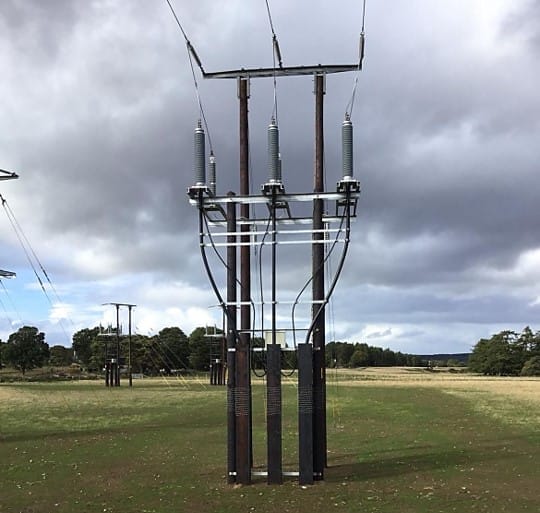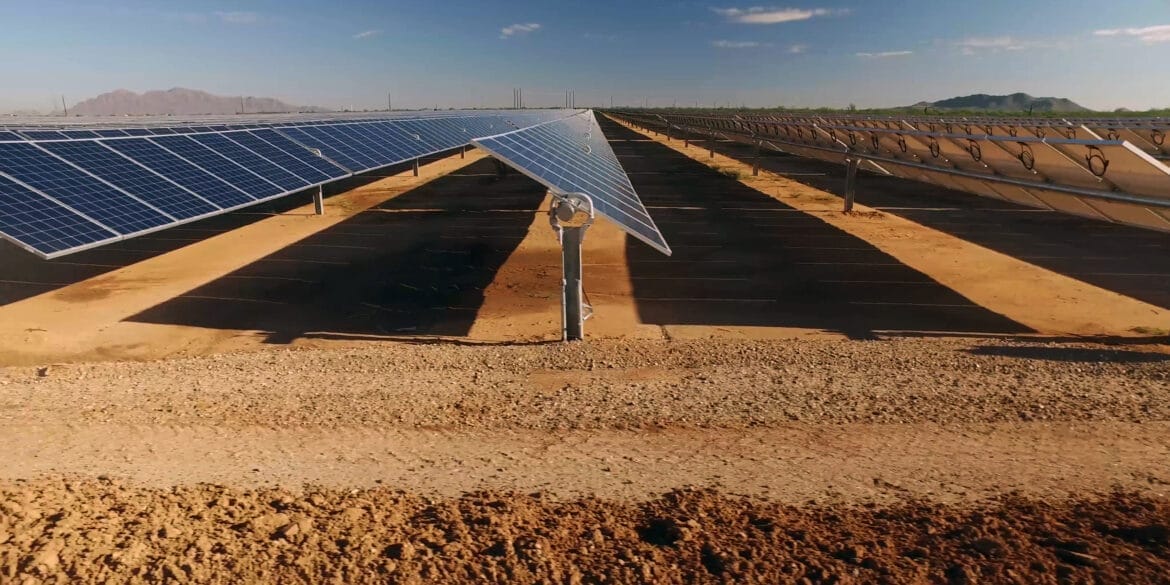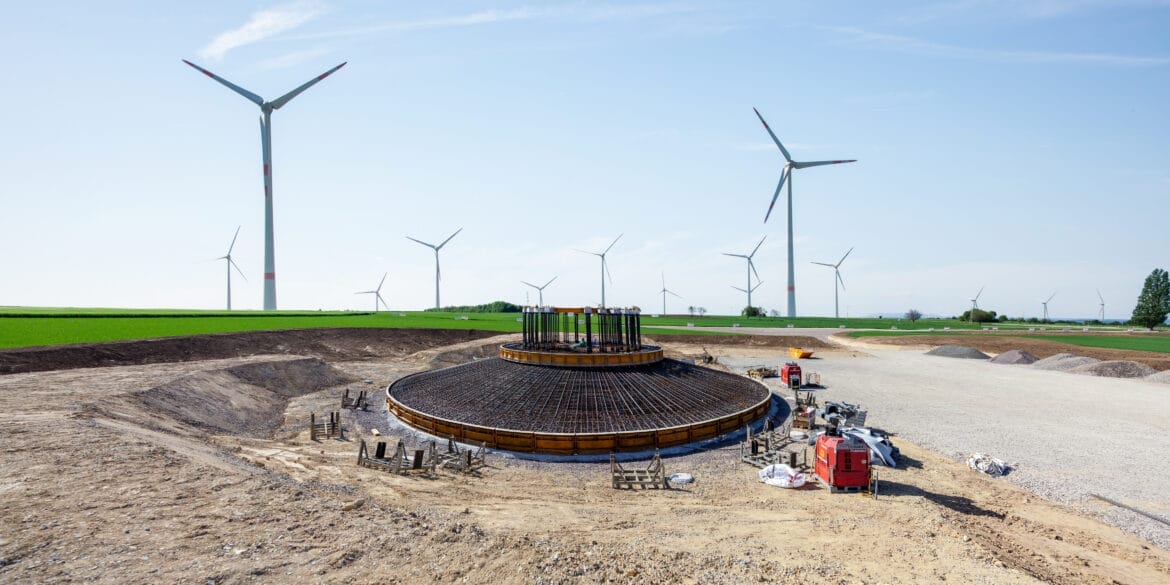
Why is accurate soil resistivity data important?
The soil electrical resistivity (soil resistivity) is one of the most important factors and has a significant impact on touch and step voltages which occur during a fault on an earthing/grounding system.
If you intend to perform modelling of an earthing system or safety measurements your design or your assessment will only be as accurate as the soil resistivity data.
Soil resistivity variance
Resistivity varies from less than 1 Ω.m for sea water up to 109 Ω.m for sandstone.
Resistivity varies not only with the type of soil but also with temperature, moisture, mineral content, and compactness. Therefore, resistivity should be measured in the field at the actual site of the installation and the conditions under which it was measured must also be recorded.
When to use typical soil resistivity values
There are a number of reasons depending on the stage of your project.
- For preliminary earthing system designs.
Your project which is at tender stage involves a significant earthing component (such as a substation) and actual soil resistivity meausurements have not been performed. In order to estimate the costs of an earthing system you will need to estimate soil resistivity.
- To validate your soil resistivity measurements.
If you already have soil resistivity measurements and you want to validate them based on your geotechnical knowledge of the local soil and the conditions.
Typical soil resistivity values
Tables 1-3 provide typical soil resistivity values based on soil types. To use these values for your project you should refer to the geotechnical report or if it is not available then find out the types of soils which are present for the region of your project (there are geological maps available).
In addition Table 4 provides the resistivity of typical surface layer materials used for substations.
Table 1. Range of earth resistivity [ref. 1]
| Type of earth | Average resistivity(Ω-m) |
|---|---|
| Wet organic soil | 10 |
| Moist soil | 100 |
| Dry soil | 1,000 |
| Bedrock | 10,000 |
Table 2 – Range of soil resistivity [ref. 2]
| Type of earth | Average resistivity(Ω-m) |
|---|---|
| Wet organic soil | 10 |
| Dry, homous soil | 30 |
| Moist soil | 100 |
| Limestone shale | 300 |
| Moraine sandstone | 1,000 |
| Coarse sand, gravel | 3,000 |
| Bedrock | 10,000 |
Table 3. Geological period and formation [ref. 3]
| Earth resistivity ohm-meters | Quarternary | Cretaceous tertiary quarternary | Cretaceous triassic | Carbrain Ordovician devonian | Precambrian and combination with Carbrain |
|---|---|---|---|---|---|
| 1 Sea water | |||||
| 10 Unusually low |
Loam Clay Chalk |
||||
| 30 Very low |
Chalk Trap Diabase Limestone Sandstone |
||||
| 100 Low | |||||
| 300 Medium |
Shale Limestone Sandstone Dolomite |
||||
| 1000 High | |||||
| 3000 Very High |
Sandstone Quartzite Slate Granite Gneisses |
||||
| 10,000 Unusually High | Coarse sand and gravel in surface layers |
Table 4. Resistivity of typical surface layer materials in substations
| Material | Average resistivity(Ω-m) |
|---|---|
| Concrete (wet) | 50 - 100 |
| Concreate (dry) | 2,000 - 10,000 |
| Crushed rock for surface coverings (wet) | 3,000 |
| Asphalt (wet) | 10,000 |
Table 5. Resistivity values for various materials [ref. 4]
| Material | Resistivity Ωm | |
|---|---|---|
| Typical | Usual Limits | |
| Salt sea water | 0.2 | 0.15 to 0.25 |
| Estuarine water | 0.5 | 0.5 to 5 |
| Artesian water | 4 | 2 to 12 |
| Damp black inland soil a | 8 | 5 to 100 |
| Damp clay | 10 | 2 to 12 |
| Inland lake water, reservoirs | 20 | 10 to 500 |
| River banks, alluvium | 25 | 10 to 100 |
| Clay/sand mixtureb | 30 | 20 to 200 |
| River water (upstream) | 40 | 30 to 200 |
| Concretec | 100 | 40 to 1,000 |
| Dry inland soila | 100 | 20 to 1,000 |
| Moraine gravel | 2,000 | 1,000 to 10,000 |
| Coal | 2,000 | 1,000 to 5,000 |
| Secondary rock | 3,000 | 1,000 to 50,000 |
| Sandb | 3,000 | 1,000 to 10,000 |
| Solid volcanic rockd | 20,000 | 10,000 to 50,000 |
| Icee | 100,000 | 10,000 to 100,000 |
|
a. Black soil is a non-specific term applicable to large areas of Queensland and New South Wales. The soil is characterized by a high level of dissolved salts and undergoes considerable contraction on drying out, therefore causing a significant increase in resistivity when dry.
b. Resistivity values for a clay/sand mixture and for sand are based on measurements from several sites in Queensland. The resistivity of dry sand is intrinsically very high and it will serve to increase the resistivity of any material in which it may be interspersed. c. Values of resistivity for concrete apply to the cast material and do not include the effect of any reinforcing bars. The values given will assist in determining the discharge resistance from steel reinforcement to the general body of earth. d. Solid volcanic rock is often subject to fissures and faults, the contents of which substantially reduce the resistivity, though not to a very satisfactory level for earth electrode performance for lightning protection. |
||
References:
[1] IEEE Std 80 – IEEE Suide for Safety in AC Substation Grounding
[2] CIGRE TB 95 Guide on the Influence of High Voltage Systems on Metallic Pipelines
[3] IEEE Std 81:2012 – IEEE Guide for Measuring Earth Resistivity, Ground Impedance, and Earth Surface Potentials of a Grounding System
[4] AS/NZS 1768-2021 – Lightning Protection








